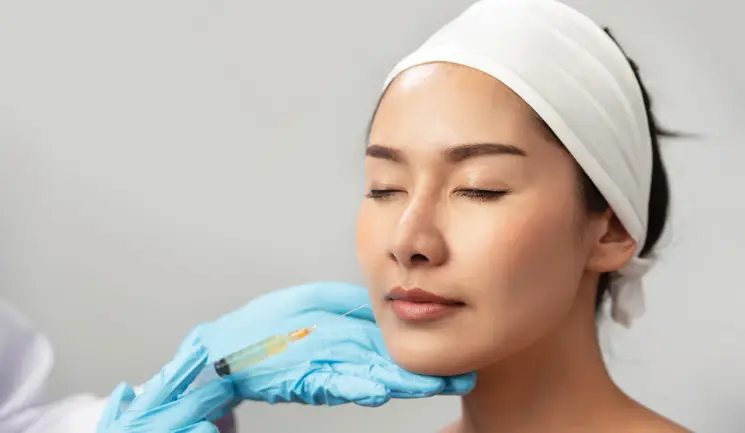Dr Varna Kugan explores the benefits and challenges of treating the deep pyriform space for mid-face volumisation
To access this post, you must purchase Aesthetics Journal Membership – Annual Elite Membership, Aesthetics Journal Membership – Annual Enhanced Membership or Aesthetics Journal Membership – Basic Membership.






